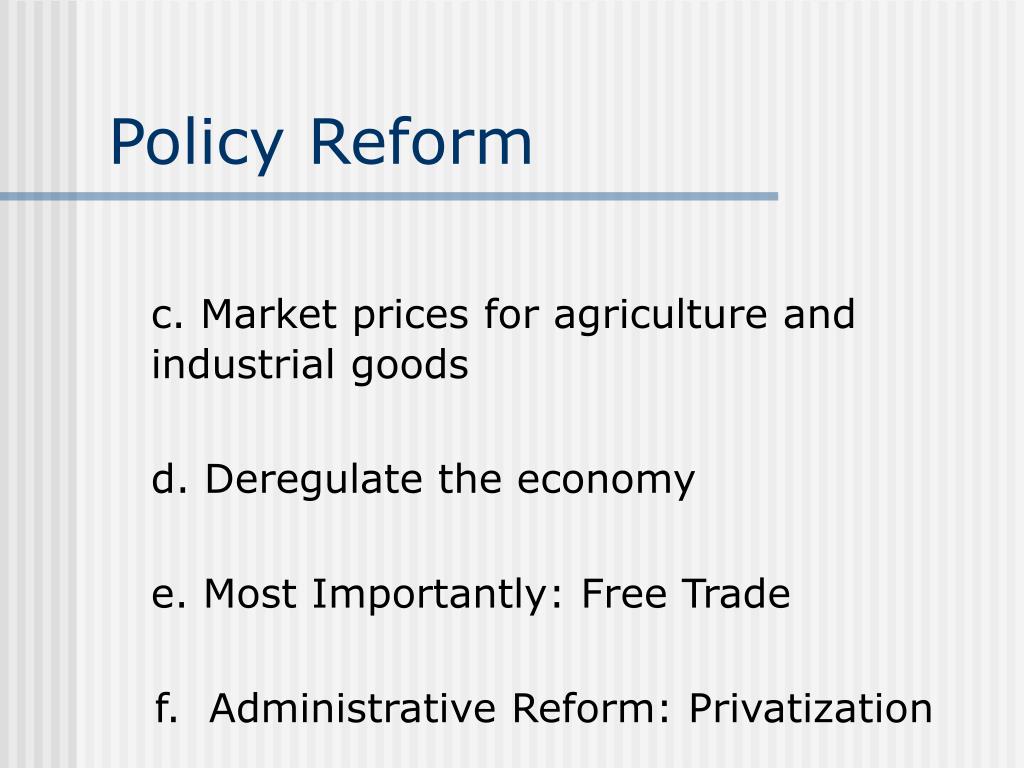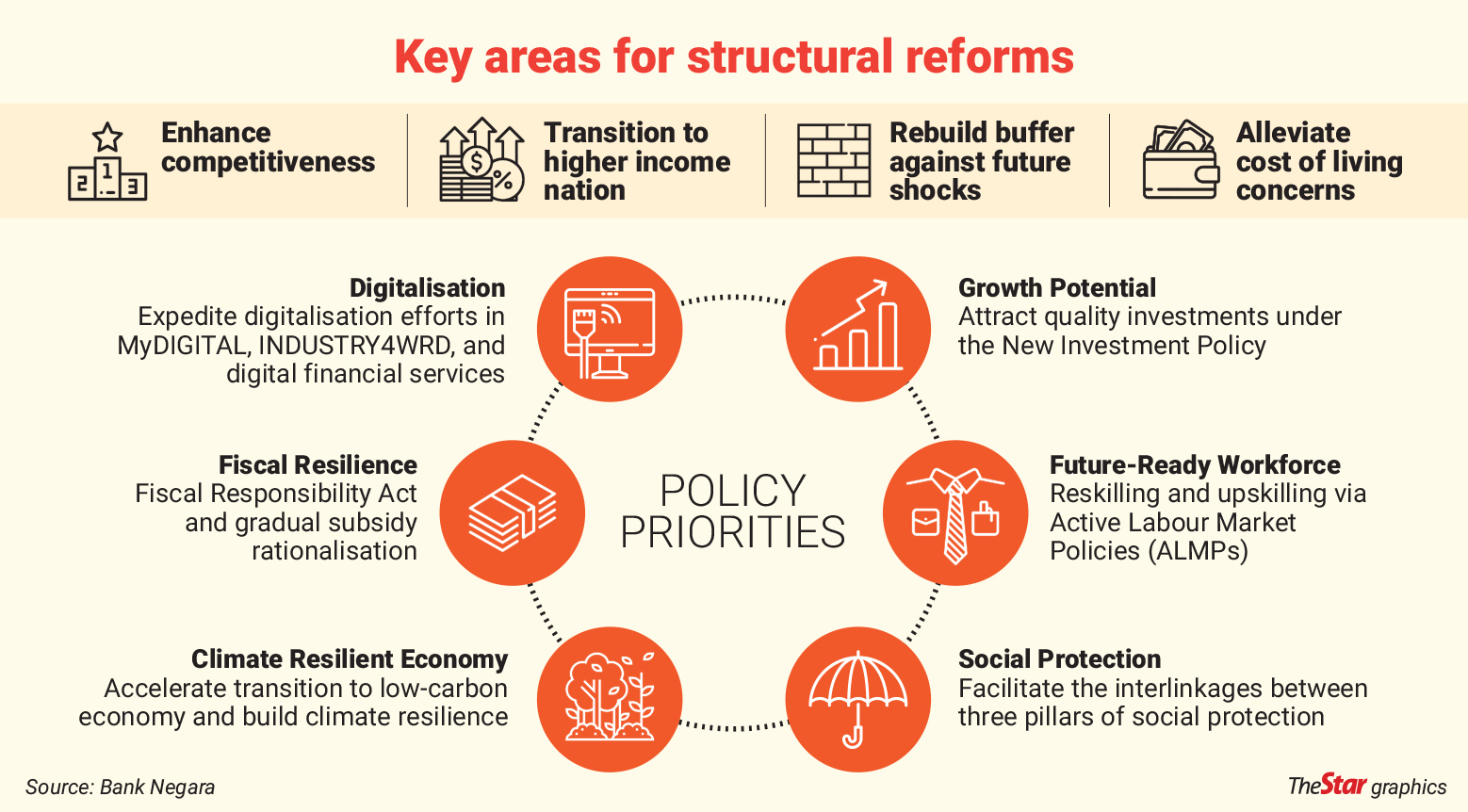5+ Pritchett Examples: Ultimate Policy Reforms

The concept of Pritchett examples has been a cornerstone in the realm of public policy and development economics, particularly in understanding the nuances of institutional and policy reforms. Lant Pritchett, a renowned economist, has extensively discussed these examples to highlight the challenges and complexities involved in policy implementation. In essence, Pritchett examples refer to scenarios where well-intentioned policies and reforms fail to achieve their desired outcomes due to various factors, including inadequate institutional capacity, poor policy design, and lack of effective implementation. This article delves into five plus Pritchett examples, exploring their implications for policy reforms and highlighting the importance of a nuanced approach to development and institutional strengthening.
Introduction to Pritchett Examples

Pritchett examples are not merely anecdotal; they represent a systematic issue in the way policies are designed and implemented, especially in developing countries. These examples underscore the gap between de jure and de facto institutions, where policies look good on paper (de jure) but fail in practice (de facto). Institutional constraints, such as weak bureaucratic capacity, corruption, and lack of political will, often hinder the effective implementation of policies. Furthermore, path dependence can also play a significant role, where existing institutional arrangements and policies influence the trajectory of future reforms, sometimes limiting their potential impact.
Understanding the Concept
To grasp the essence of Pritchett examples, it’s crucial to understand the distinction between first-order and second-order changes. First-order changes involve altering policies or institutions directly, which might not necessarily lead to the desired outcomes if the underlying institutional framework is weak. Second-order changes, on the other hand, focus on transforming the institutional environment itself, which can be more effective but also more challenging to achieve. Institutional isomorphism, or the tendency of institutions to become more similar as they interact, can also influence policy outcomes, sometimes in unexpected ways.
| Example | Description |
|---|---|
| 1. Education Policy | Implementing a new curriculum without adequate teacher training or resources. |
| 2. Healthcare Reform | Expanding health insurance coverage without increasing the supply of healthcare services. |
| 3. Economic Liberalization | Reducing trade barriers without addressing corruption or improving the business environment. |
| 4. Environmental Regulation | Enacting strict pollution laws without the capacity for enforcement or public awareness campaigns. |
| 5. Judicial Reform | Introducing new legal codes without reforming the judicial process or increasing access to justice. |

Implications for Policy Reforms

The study of Pritchett examples has significant implications for how we approach policy reforms. It highlights the need for institutions to be capable and effective in implementing policies. This requires not just a focus on policy design but also on building institutional capacity, including training, resources, and sometimes, reforming the institutions themselves. Moreover, policy sequencing becomes crucial, where the order and timing of reforms can significantly impact their success. For instance, economic liberalization might need to be preceded by improvements in the business environment and anti-corruption measures.
Technical Specifications and Performance Analysis
From a technical standpoint, analyzing Pritchett examples involves data-driven approaches to understand policy outcomes and the factors influencing them. This can include econometric analysis, case studies, and comparative research across different countries or sectors. Performance analysis of policies and institutions is also critical, focusing on indicators such as effectiveness, efficiency, and equity. Public sector reform strategies, including decentralization, privatization, and public-private partnerships, can be evaluated based on their impact on policy implementation and outcomes.
- Data Collection: Gathering data on policy inputs, processes, and outcomes.
- Econometric Analysis: Using statistical models to identify the relationship between policy variables and outcomes.
- Case Studies: In-depth examination of specific policy reforms to understand their context, implementation, and impact.
What are the main challenges in implementing policy reforms as highlighted by Pritchett examples?
+The main challenges include institutional weaknesses, poor policy design, lack of effective implementation, and the gap between de jure and de facto institutions. These challenges underscore the need for a nuanced approach to policy reforms that considers the specific context and builds on strengthening institutional capacity.
How can policymakers learn from Pritchett examples to improve policy outcomes?
+Policymakers can learn by focusing on contextual policy design, building institutional capacity, and sequencing policies appropriately. They should also engage in continuous monitoring and evaluation of policy reforms, using data and research to inform decision-making and adjust policies as needed.
In conclusion, Pritchett examples offer valuable lessons for policymakers and development practitioners. By understanding the complexities and challenges highlighted by these examples, we can work towards more effective policy reforms that are tailored to the specific needs and contexts of different countries and sectors. This involves a commitment to institutional strengthening, policy sequencing, and continuous learning and adaptation. As we move forward, the study of Pritchett examples will remain a critical component of development economics and public policy, guiding us towards more impactful and sustainable reforms.